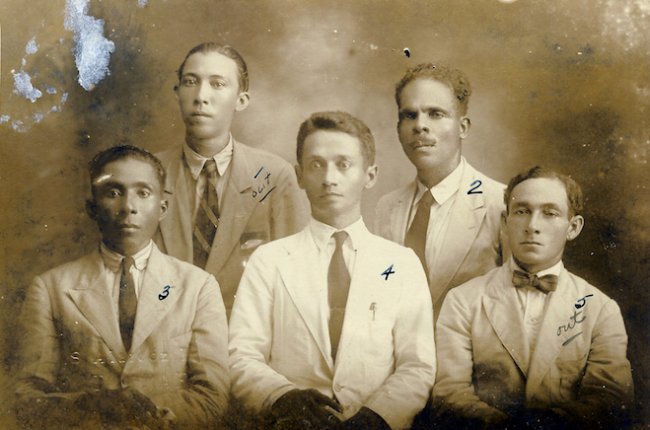December 6 is the anniversary of The Banana Massacre in 1928. The Colombian government, at the demand of the United Fruit Company, sent in the military to break a strike that by the workers on a banana plantation owned by the United Fruit Company, resulting in thousands of deaths.
The strike was intended to force the United Fruit Company to submit to these demands:
- Stop their practice of hiring through sub-contractors
- Mandatory collective insurance
- Compensation for work accidents
- Hygienic dormitories and 6-day work weeks
- Increase in daily pay for workers who earned less than 100 pesos per month
- Weekly wage
- Abolition of office stores
- Abolition of payment through coupons rather than money
- Improvement of hospital service
The exact involvement of the US regime in this mass murder is still debated, as is the number of casualties, as the regime still denies involvement and downplays the incident to this day. However, we do have several telegrams between officials that tell a different story. The US called the striking workers subversives (communists) as a result of their demands, and one telegram in particular strongly suggests that the US regime had threatened an invasion if the Colombian government did not put down the strike by force.
The Legation at Bogota reports that categorical orders have been given the authorities at Santa Marta to protect all American interests. The Department does not (repeat not) desire to send a warship to Santa Marta. Keep the Department informed of all developments by telegraph
This was followed by another telegram from the ambassador to the Department of State that said he had the “honor” of reporting “that the total number of strikers killed by the Colombian military exceeded 1000.” There could be little doubt about the US regime’s stance on the matter. The United Fruit Company continued to enjoy the full support of the US government continuing to commit atrocities, labour violations, and even violent coups. Today they are known as Chiquita, and are still promoting violence in South America.

